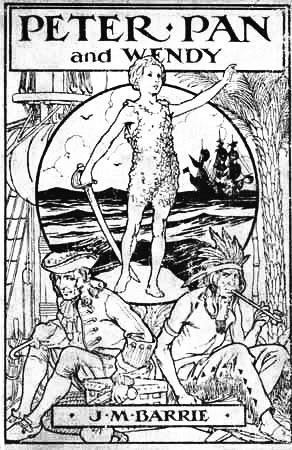- This page was last modified on 17 October 2025, at 10:18. Suggest an edit.
Puer aeternus facts for kids
Puer aeternus is a Latin phrase that means 'eternal boy'. Its female version is puella aeterna. In old stories and myths, it refers to a child-god who stays young forever. In psychology, it describes an older person whose feelings and actions are still like those of a teenager. This is different from Peter Pan syndrome, though they sound similar.
Often, a person described as a puer lives a "temporary life." This means they might be afraid of being stuck in a situation they can't escape. They really want to be independent and free. They don't like rules or limits and find any restriction hard to accept.
Contents
Eternal Youth in Myths
The idea of the puer aeternus comes from a famous poem called Metamorphoses. This epic work was written by the Roman poet Ovid around 2,000 years ago. In his poem, Ovid talks about the child-god Iacchus as the "eternal boy." He praises Iacchus for his part in the Eleusinian Mysteries, which were ancient Greek religious ceremonies.
Iacchus was later linked to other gods like Dionysus and Eros. The "eternal boy" often represents a god of nature, new growth, and coming back to life. Examples include gods like Tammuz, Attis, and Adonis. The story of a young god who dies and then comes back to life also appears in Egyptian myths, like the tale of Osiris.
Understanding the Eternal Child in Psychology
A Swiss doctor named Carl Jung created a way of understanding the mind called analytical psychology. He believed that certain ideas or patterns are shared by all humans. He called these patterns archetypes. The puer aeternus is one of these archetypes. It's a basic part of the human mind.
Every archetype has two sides, a "positive" and a "negative."
- The positive side of the puer is like a "Divine Child." This represents new beginnings, the chance for growth, and hope for the future. It can also show the start of a hero, like Heracles.
- The negative side is like a child who refuses to grow up. This person avoids life's challenges, always waiting for something magical to solve their problems. They might feel trapped by life itself.
Jung said that people with this mindset often feel like they are "not yet" doing what they truly want. They always think the "real thing" will happen later. They really dislike being tied down to anything.
When this idea describes a female, the Latin term is puella aeterna. In myths, she is often seen as the Kore, which means 'maiden' in Greek.
Books About the Eternal Child
Carl Jung wrote about the puer aeternus in his book Archetypes and the Collective Unconscious. He also discussed the hero-child and its connection to the idea of the Great Mother.
Later, a Jungian analyst named Marie-Louise von Franz gave lectures about the puer aeternus. Her book, The Problem of the Puer Aeternus, uses the story of The Little Prince by Antoine de Saint-Exupéry to explain this idea. She also looked at a German novel that showed how the puer aeternus idea could relate to big historical events.
Another book, Now or Neverland by Ann Yeoman, explores the puer aeternus through the famous character of Peter Pan. Peter Pan is a well-known example of an "eternal boy" in modern stories. The book looks at this idea from ancient times to today, including a detailed look at J. M. Barrie's popular play and novel about Peter Pan.
Peter Pan Syndrome
"Peter Pan syndrome" is a common idea in popular psychology. It describes an adult who acts immature for their age. This is not a formal medical condition listed in official guides like the Diagnostic and Statistical Manual of Mental Disorders. It's more of a term people use in everyday talk.
Psychologist Dan Kiley made the term "Peter Pan syndrome" popular with his 1983 book, The Peter Pan Syndrome: Men Who Have Never Grown Up. He then wrote The Wendy Dilemma (1984), which gave advice to women who were in relationships with "Peter Pans."
See also
 In Spanish: Puer aeternus para niños
In Spanish: Puer aeternus para niños

